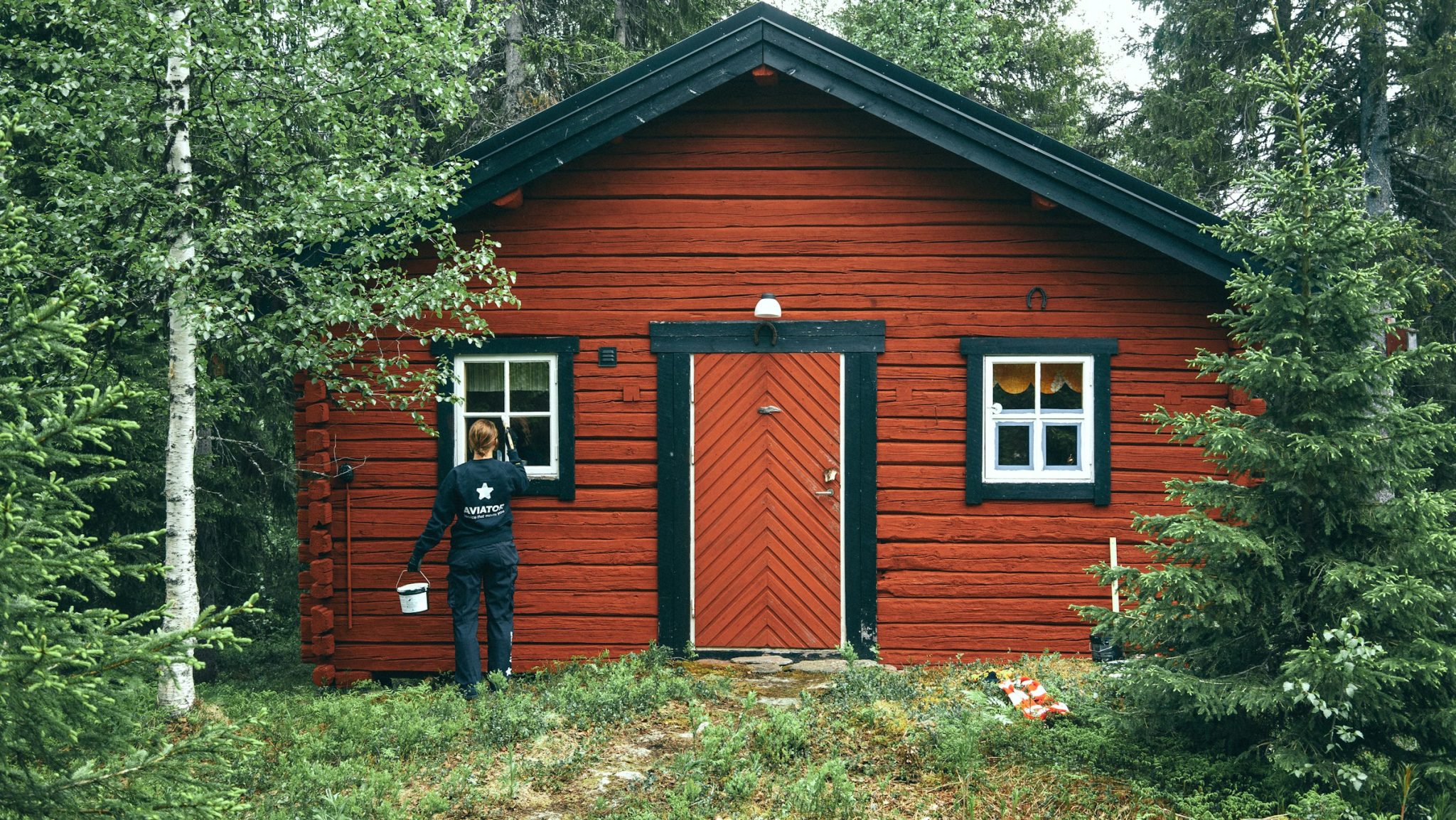Repainting your home can be an exciting and transformative project, breathing new life into your living space. However, it’s essential to approach this task with a clear plan and the right tools. Whether you’re aiming for a simple refresh or a complete makeover, these six tips will help you achieve professional-looking results and save you time, effort, and money along the way.

Table of Contents
1. Choose the Right Paint
Selecting the right type of paint is crucial for a successful painting project. Consider factors such as the room’s function, the surface you’re painting, and the desired finish. Hiring painters in South Brisbane for your Australian home can help you choose the right paints for your home’s climate and environmental conditions. South Brisbane’s subtropical climate can be challenging for paint, but professional painters will know which products are best suited for the area’s humidity, rain, and intense sun exposure. They can recommend paints with UV protection, mildew resistance, and durability, ensuring your home’s exterior stays vibrant and protected for years to come.
- Consider the room’s lighting conditions. Rooms with ample natural light can handle bold colors, while rooms with limited light may benefit from lighter shades to create a brighter, more open feel.
- Test paint samples before committing to a color. Paint a small section of the wall and observe it at different times of the day to see how the color changes in different lighting conditions.
2. Prepare the Surface
Before applying paint, it’s essential to prepare the surface properly. This includes cleaning the walls, patching any holes or cracks, and sanding rough areas. For best results, prime the surface with a high-quality primer. This will ensure that the paint adheres well and provides a smooth, long-lasting finish.
- Use a mild detergent and warm water to clean the walls thoroughly. This will remove dirt, grease, and other contaminants, ensuring that the paint adheres well and provides a smooth finish.
- Use a spackling compound to fill in any holes or cracks in the walls. Apply the compound with a putty knife, and then sand it smooth once it’s dry. This will create a seamless surface for painting.
- Sand rough areas on the walls with fine-grit sandpaper to smooth out imperfections and create a uniform surface. Be sure to wipe away any dust before priming and painting.
3. Use the Right Tools
Investing in high-quality painting tools can make a significant difference in the final result. Use brushes, rollers, and paint trays designed for the type of paint you’re using. For example, synthetic brushes are ideal for latex paints, while natural bristle brushes are best for oil-based paints. Additionally, choose the right roller nap for your surface – thicker naps are suitable for textured walls, while thinner naps work well on smooth surfaces.
- Use a high-quality brush with synthetic bristles for latex paints. Synthetic bristles are durable and easy to clean, making them ideal for water-based paints.
- Choose a roller with the appropriate nap for your surface. For smooth walls, a 3/8-inch nap is suitable, while textured walls may require a 3/4-inch nap.
- Consider using an angled brush for cutting along edges and corners. An angled brush makes it easier to paint precise lines and ensures a professional-looking finish.
4. Apply Paint in the Correct Order
To achieve a professional-looking finish, it’s essential to apply paint in the correct order. Start by cutting in – using a brush to paint along the edges and corners of the room. Then, use a roller to paint the larger areas, working in small sections to ensure even coverage. Finally, go back and carefully paint the edges with a brush for a clean, polished look.
- Start by cutting in along the edges and corners of the room with a brush. This will create a clean edge and make it easier to paint the larger areas with a roller.
- Use a roller to paint the larger areas of the room, working in small sections to ensure even coverage. Roll the paint in a “W” or “M” shape to distribute it evenly and avoid streaks.
- Go back and carefully paint the edges with a brush for a clean, polished look. This step is essential for achieving a professional-looking finish.
5. Take Your Time
Rushing through a painting project can lead to sloppy results. Take your time, and don’t be afraid to tackle the project in stages if needed. This will allow you to focus on one area at a time, ensuring thorough coverage and a flawless finish. Remember, patience is key to achieving professional-looking results in your home.
- Don’t rush through the painting process. Take your time to ensure thorough coverage and a flawless finish.
- Consider tackling the project in stages if needed. This will allow you to focus on one area at a time and achieve the best results.
- Step back and evaluate your progress periodically. This will help you identify any areas that need touch-ups or adjustments before moving on to the next section.
6. Clean Up Properly
Once the paint has dried, it’s essential to clean up properly. Remove painter’s tape carefully, and clean your brushes and rollers with soap and water or the appropriate cleaner for the type of paint you use. Properly storing your tools will ensure they’re ready for your next painting project.
- Remove painter’s tape carefully to avoid damaging the paint or leaving behind residue. Pull the tape away from the wall at a 45-degree angle to ensure a clean edge.
- Clean your brushes and rollers thoroughly with soap and water or the appropriate cleaner for the type of paint you use. This will help prolong the life of your tools and ensure they’re ready for your next painting project.
- Properly store your tools in a cool, dry place. This will prevent them from drying out or becoming damaged and ensure they’re ready for your next painting project.

Repainting your home can be a rewarding and transformative experience. By following these six tips, you’ll be well on your way to achieving professional-looking results and creating a space you’ll love to live in. Whether you’re a seasoned painter or tackling your first DIY project, these tips will help you achieve a flawless finish and make the most of your home’s potential.
- About the Author
- Latest Posts
Whether she is researching the latest trends in home decor, life-changing destination getaways, or the best way to maintain your finances, Dewey takes pride in leaving no stone unturned. She is passionate about distilling and delivering high-quality information that you can use to upgrade your life.

